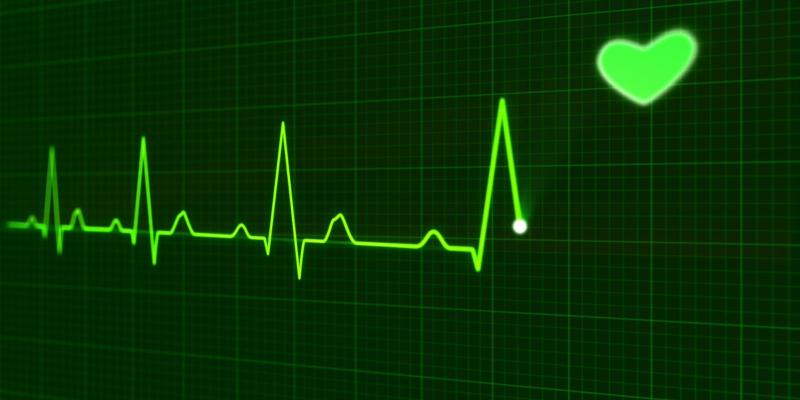Atrial fibrillation (AF) – the most common type of arrhythmia – has been diagnosed in approximately 400 thousand Poles. According to estimates by the Polish Cardiac Society (PTK), in 20 years’ time this number might double. Early diagnosis of this type of arrhythmia is crucial in stroke prevention.
The increasing number of people suffering from atrial fibrillation is related to the phenomenon of population ageing. Advanced age is one of the main risk factors. In the overall population; one percent people suffer from atrial fibrillation, while in people over 65 this percentage is higher and is 4 percent to 10 percent in elderly people over 80.
Smoking, alcohol abuse, the lack of regular physical exercise, an unhealthy diet, some metabolic disorders and cardiovascular diseases are also among the factors conductive to AF.
Strokes – the most serious complication resultant from AF
In people suffering from this type of arrhythmia the atria contract in a very rapid and chaotic way – from 350 to 700 times per minute. As a result of this, the amounts of blood pumped through the heart is reduced by 20-30 percent over a minute.
A patient with AF might feel palpitations, anxiety, weakness, tiredness, vertigo, chest pains, breathing difficulties, and also syncopes and losses of consciousness. The register maintained by the European Society of Cardiology (ESC) indicates that more than 20 percent of cases of this type of arrhythmia are not coincident with any symptoms. Other information shows that this group can be as large as 30 percent.
Irregular atrial contractions cause blood stasis in some areas of the heart, especially in the left atrial appendage. This leads to the formation of a thrombus which can detach itself and be carried with blood-flow and finally block the vessel that transports blood to another organ or tissue. If this vessel turns out to be a cerebral artery, it can be conductive to an ischemic stroke.
Atrial fibrillation quintuples the risk of stroke. Research also shows that it frequently leads to much more serious consequences – namely disability – than in people who do not suffer from this type of arrhythmia; also, it more frequently turns out to be fatal.
Early diagnosis must be enhanced
Since the group with increased risk of strokes also includes asymptomatic atrial fibrillation, the ESC recommends that people over 65 should test their pulse rate on a regular basis. It suffices that you put two fingers to the radial artery in the area of your wrist. If the pulse rate is very irregular, you should go to the doctor, who will decide what type of diagnosis you will need in the future.
Cardiologists at the PTK also recommend that at every appointment doctors employed in primary healthcare (the Polish POZ) should measure the patient’s blood pressure and test heart sounds in order to assess whether or not his or her heartbeats are regular.
If a patient has a history of arrhythmia, is advanced in age and shows factors of AF risk – lipid risk factors (too-high levels of blood cholesterol and triglycerides), hypertension, diabetes, has had a heart attack or stroke – he or she should be referred for further diagnostics.
The basic test intended for the detection of this type of arrhythmia is 24-hour ambulatory ECG monitoring, the so-called “Holter".
Thanks to the early diagnosis of AF in patients from the increased stroke risk group, preventive anticoagulation therapy can be applied or, alternatively, a method called percutaneous occlusion of the left atrial appendage.
If a patient requires to have his or her correct heart rhythm restored, anti-arrhythmia medications can be used, or non-pharmacological methods (electrical cardioversion, radio-frequency ablation).









Comments (0)